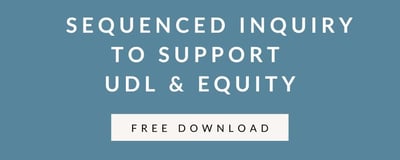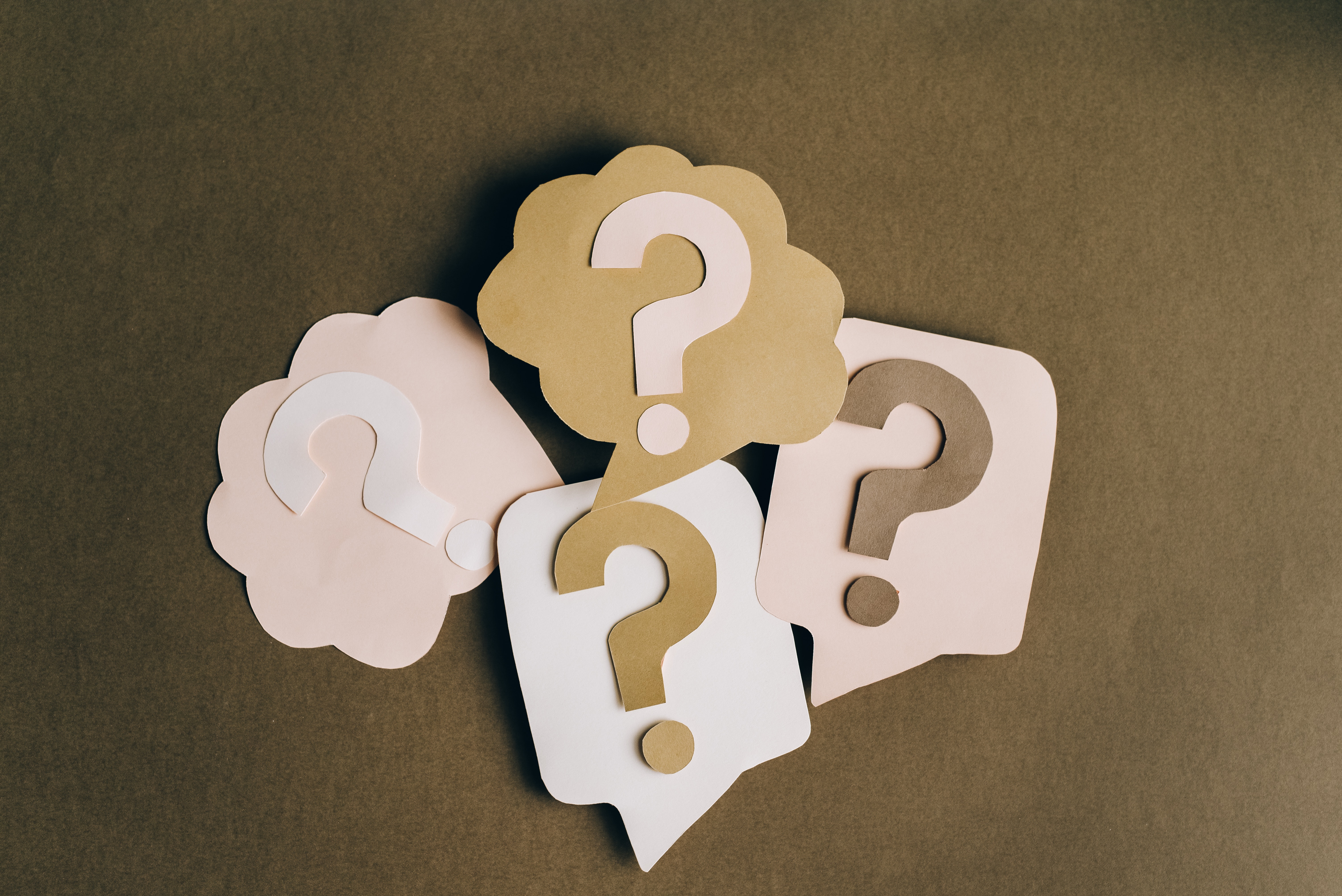I’ve been a high school Language Arts teacher west of Minneapolis, Minnesota for eighteen years. I am from a family of learners and the love of learning my family instilled in me led me to teaching. As I tell my students, teaching allows me to continuously be a student. They look at me a bit funny when I say that initially, but it’s true–and they eventually understand, because they see me learn alongside them throughout the year.
In my career, I’ve created a curriculum for ten classes, taught an interdisciplinary class, coached Speech, and helped overhaul our department three times in addition to filling other roles, each of which is intricate and layered and thus hard to fully capture. What grounds me is my dedication to reaching all students and supporting other teachers in doing the same. To do this, I’ve had to evolve throughout my career because teaching, like life, requires learning.
I keep a fortune from a fortune cookie on my desk that reads “Questions provide the key to unlocking our unlimited potential” because inquiry is central to what I do. I continuously ask questions of myself and those around me to grow as an educator. My colleagues do the same, and by asking questions we all improve. Similarly, I ask questions of my students to push them to grow and I welcome their questions.
The questions and the process whereby I seek to answer them help me change. During the pandemic, those questions signaled an entirely different teaching landscape. Luckily, while I tackled those questions, I was enrolled in the University of Pennsylvania Universal Design for Learning certificate program with Dr. Katie Novak and George Couros. My journey with Universal Design for Learning energized me when so much was draining about the experience of teaching. I had questions, but UDL helped me to answer them.
When COVID forced us to distance learning, it was as if I was a new teacher again. I reminded myself, however, that the foundations of teaching remained the same even at a distance–connect with students and provide opportunities for them, with all their variability, to learn and grow. Just do that differently. Questions were everywhere. I pivoted. I built over 100 videos, embedded them in slides corresponding to documents that allowed students to have an experience that, in the best way I could manage, paralleled a classroom learning experience.
Did I know what to do? Sometimes not at all, but I constantly asked myself “How do I reach all of my students so they can learn and grow?”
Hybrid and distance learning helped me clearly see the extent to which barriers created dramatically different results. As the classroom setting changed, the results changed. I tracked student engagement with the work and the communication I sent. Did I know what to do? Sometimes not at all, but I constantly asked myself “How do I reach all of my students so they can learn and grow?”
When June of 2020 arrived, I was proud that I’d made it through distance teaching and that my students had made it through distance learning, but I also knew that education would never be the same. While stressful, I felt a renewed passion for teaching more equitably given all I had learned through making changes that removed barriers and allowed for greater flexibility and co-designing curriculum with my students. With these changes, I saw more engaged students developing into expert learners. As one student put in an end-of-year evaluation, “I have started to understand the importance of reading and the importance of learning. Before this class, I never understood the point of learning what we did in school. I always thought that if I’m not gonna need this exact knowledge for the real world that there was no point. Now, I realize that there is a purpose to all learning, even if you don’t realize it at first.” Like this student, at first I didn’t realize that teaching during a pandemic was going to transform my classroom and help me move towards universal design, but it did and the changes were positive and impactful.
These changes continue as I just completed the Equity by Design self-directed class, broadening my foundation of understanding of how to use UDL to incorporate more equitable practices. This year, I want to use the resources provided to drive my teaching practice so I formulated questions I could ask myself before, during, and after teaching along with questions to engage the systems around me. Sequencing those questions helps ensure I will continuously design and think in terms of UDL and equity. It’s going to make a difference as I continue learning as a teacher. I hope it supports you in your work, too. I trust a focus on UDL and equity via inquiry will be the key–as the fortune cookie reads–to “unlocking our unlimited potential” as student and teacher learners.
Use this resource as a guide to help Universally Design lessons that ensure equity in the learning process. View the word doc | PDF | Graphic.

This blog post and resource are from an Equity By Design final project submission from Kathryn Mattson, a High School Language Arts Teacher who aced her final project.


